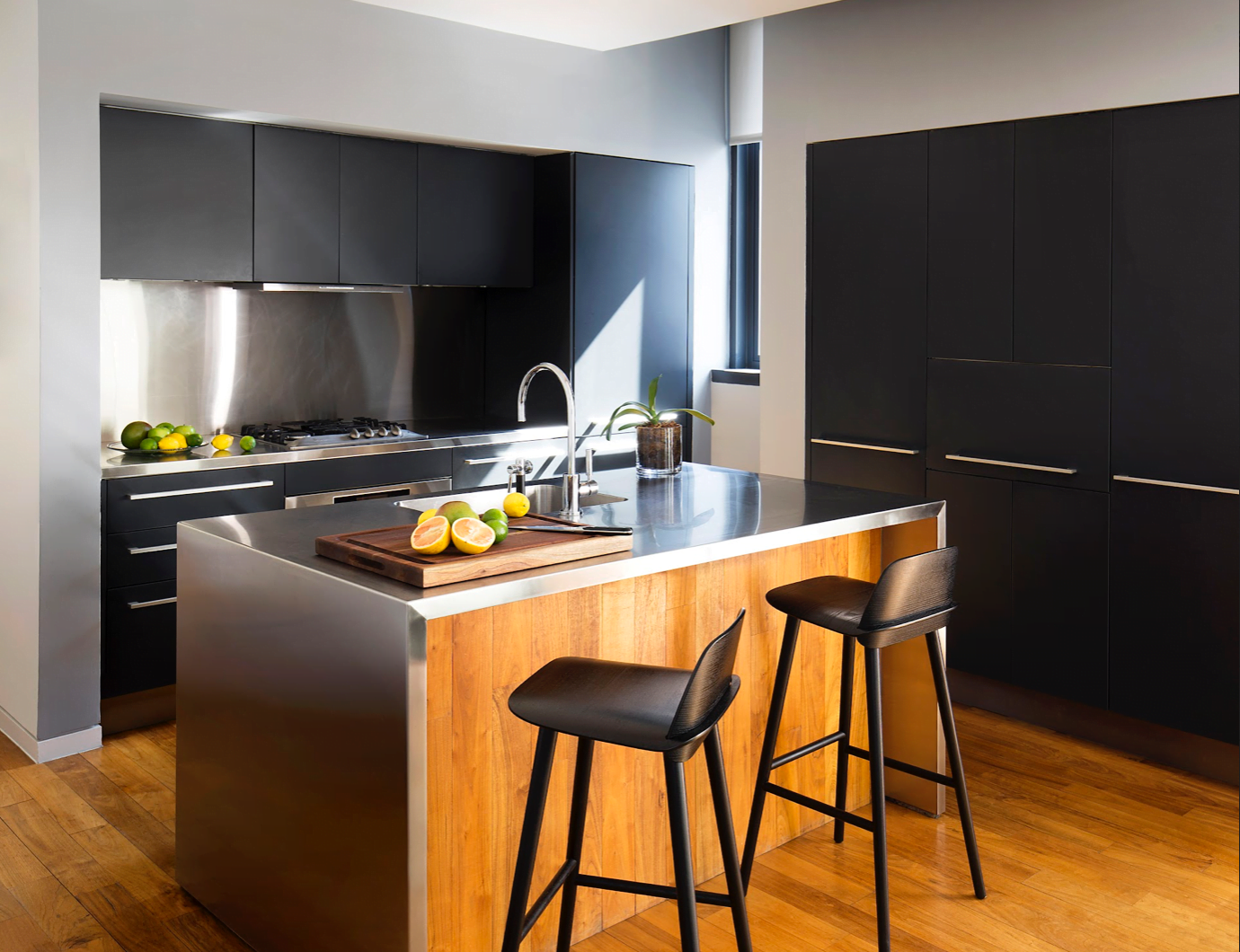Choosing the Right Countertop

Choosing the right countertop for your home can be a bit overwhelming if you don’t know where to begin: marble, granite, engineered stone, wood, and laminates are all options available in a variety of colors. However, you need to look closely at the way you live in order to help you make the right choice. If you have kids, for instance, you might want to consider this factor before making a choice. If you’re making peanut butter and jelly sandwiches on the countertops every day, you might not want to go with that white granite.
The good news is, if the material you had your heart set on does not work in reality, there are other materials that look very similar, if not the same that will work.
How to Choose the Right Countertops
Granite, the top choice in countertops, is available in a variety of shades such as blacks, whites, greens, corals, and beiges—and no two pieces are exactly the same. Granite is available in two finishes. A polished finish results in a shiny look and often darkens the appearance of the stone while honing is soft and matte. Costs for granite depend on many variables, including color, finish, and origin of the stone.
Other natural stone materials, like marble, limestone, and soapstone, are softer than granite and require delicate use and greater care. All stone countertops must be sealed periodically.
Engineered stone countertops come in a wider variety of colors than the natural versions, are more durable, and are a cinch to maintain. However, engineered stone won’t save any money over granite: the two materials cost roughly the same.
Solid surface countertops have a lot of appeal to homeowners. They come in countless colors, are seamless, resist stains and scratches can be buffed out. A word of caution, though: hot pans can damage solid-surface countertops.
Concrete countertops, which can be completely customized with pigments, are gaining popularity. Extreme or abrupt changes in temperature may cause concrete to warp or curl, damp sponges left on the counter can cause discoloration and acidic spills may etch the surface. To keep a concrete countertop looking its best, it’s advisable to seal them up to four times per year and wax with a paste every two to three months.
Wood countertops, like butcher blocks, instantly warm up a kitchen. They are easy to clean and any scratches can sand out. Water damages the butcher block quite easily, though, so wood countertops must be oiled frequently to seal the surface.
Laminate is the most affordable countertop material on the market and comes in an array of colors and designs. Laminate can scorch if a hot pan touches the surface and has a reputation for scratching easily.
After choosing the correct material, color, and finish to suit your needs, then it is on to the edges. Square edges are standard on most countertops, but decorative edges like radius, bullnose, bevel, egg, and ogee—while a bit more expensive—are another way to customize a kitchen. The availability of edges varies based on countertop materials.
I hope this gives an introduction on how to pick the right kitchen countertops, and the types of countertops available. If you have more questions, I welcome you to book an appointment to speak to me about material, finish, edging and installation and see what works best in your home.
